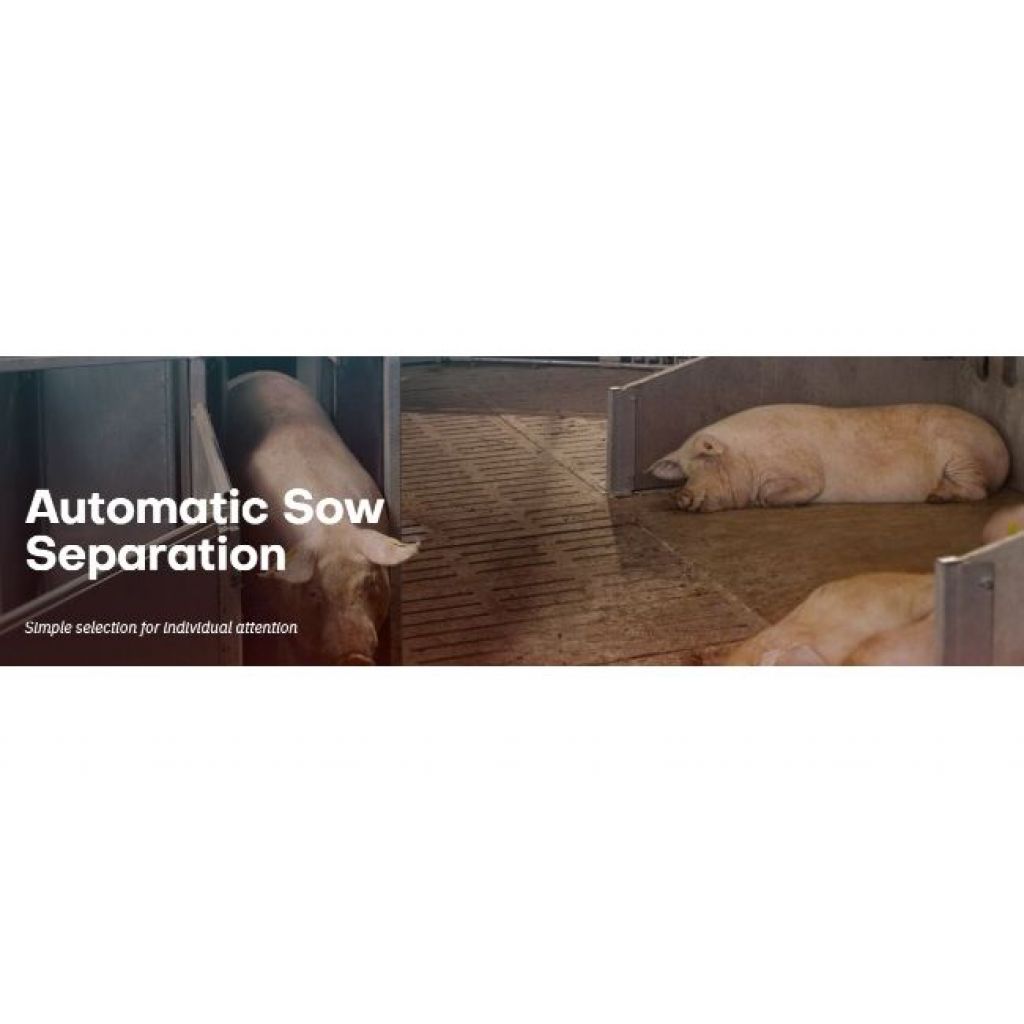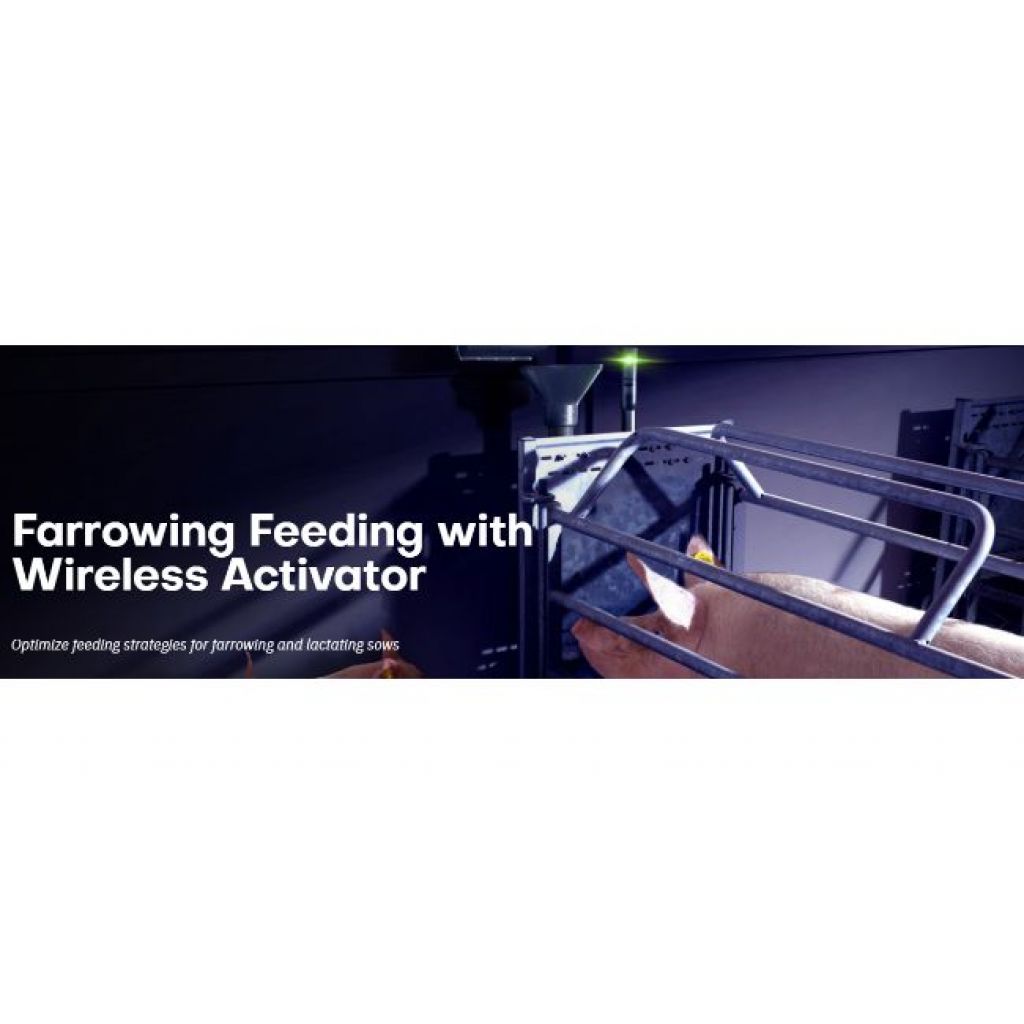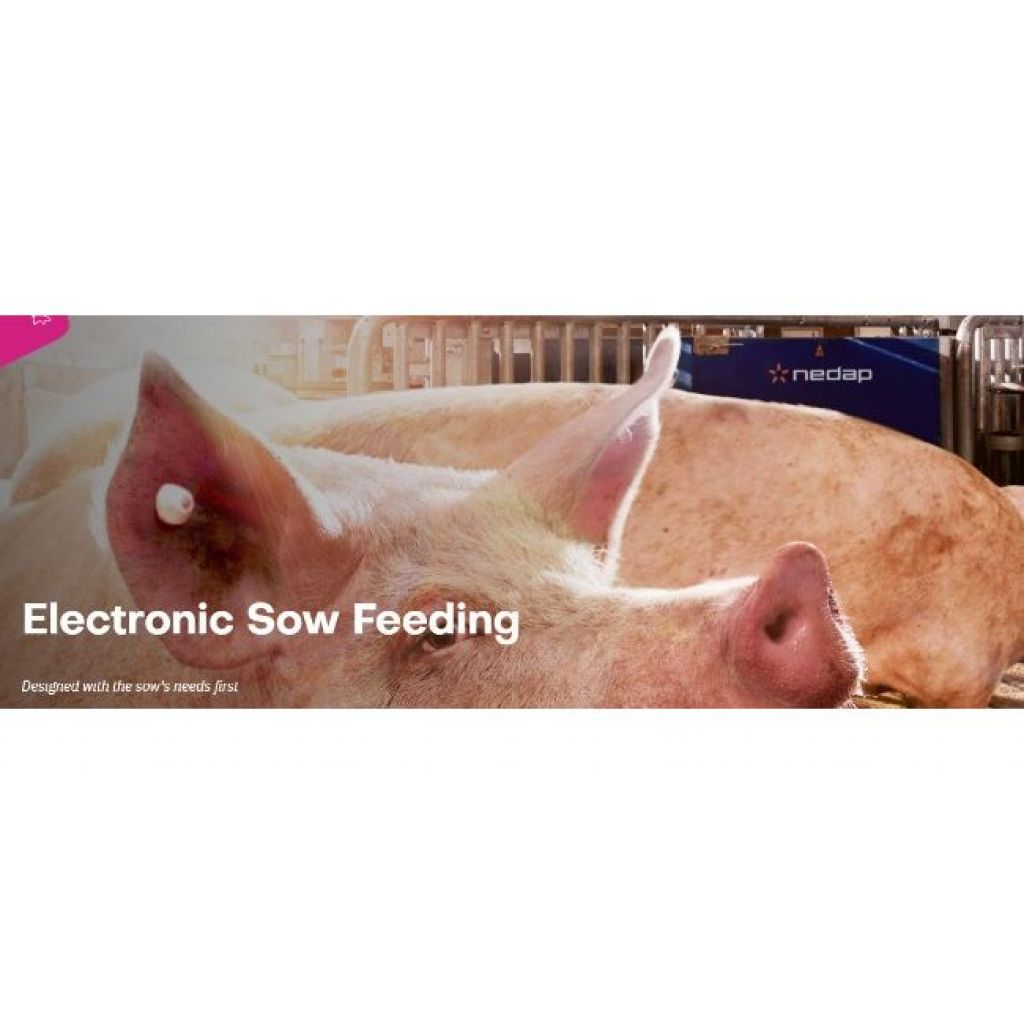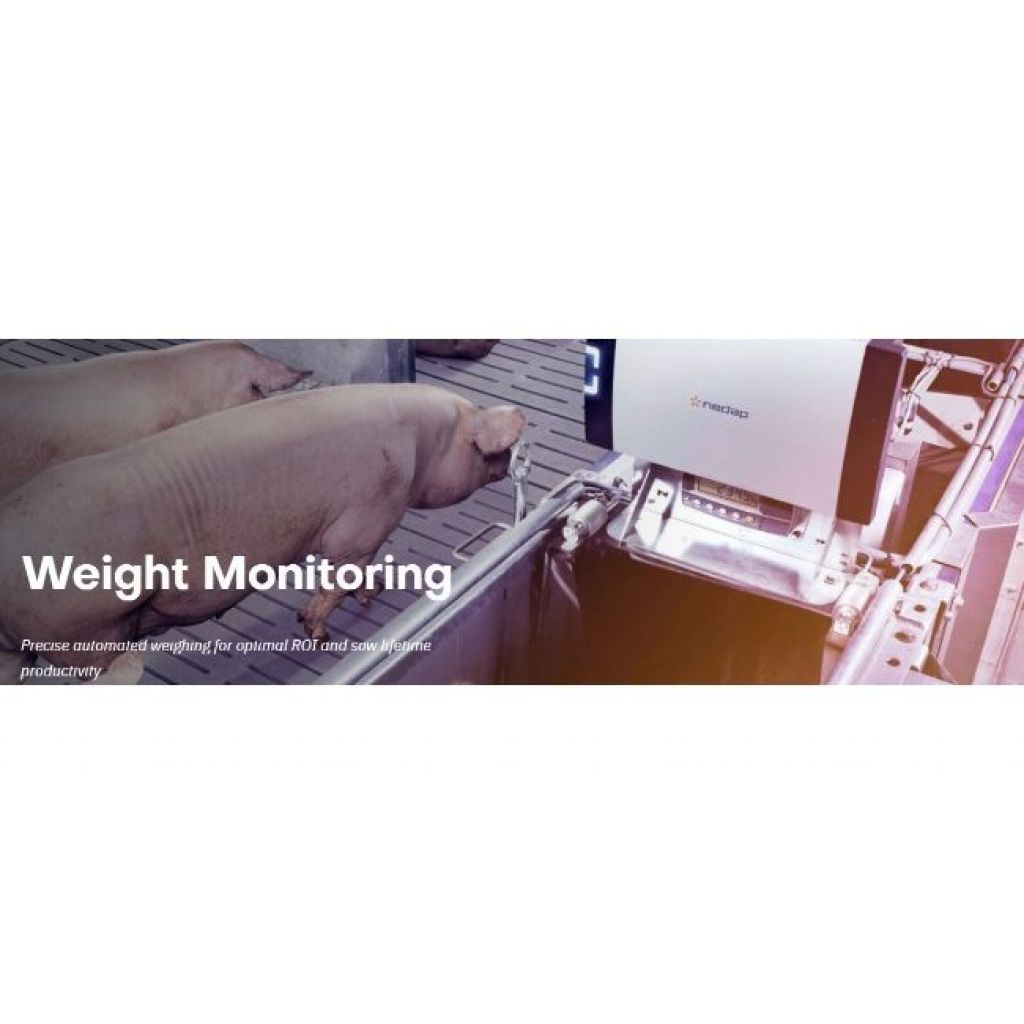How to save on labour at your pig farm
By automating repetitive tasks, you as an employer can increase both labour efficiency and working pleasure at your business. After all, there’s a good reason that ‘I wish you lots of personnel’ is an infamous proverb.
Knowledge and motivation
Small-scale family businesses grow into larger enterprises with employees. While owners are driven, with considerable knowledge, craftsmanship and passion well beyond the ‘9-to-5′, employees’ levels of knowledge, motivation and involvement are often much lower. In addition, working with livestock is something quite different from working in a factory. Taking care of pigs takes skill and education – you have to watch the animals and their behaviour, anticipate changing conditions and learn how to deal with equipment and installations.
This means that pig farmers, by definition, must invest more time and energy in their personnel and that their people’s value increases the longer they are employed and as they learn new skills. Untrained employees often exploit that growth to gain a toehold elsewhere. In this manner, good personnel gets drained from the pig-farming sector.
Precision farming
And that’s where the power of technology comes in. Automation is one part of the job on a pig farm. Repetitive tasks, in particular, are relatively easy to automate, as is the observation of various parameters. Precision farming at the level of the individual animal is an important benefit here. So in addition to significant labour savings, automation also provides an improvement in production results at the same time.
Heat detection
Heat detection is one example of a process that’s easy to automate. Timely detection of a sow in heat among a large group requires a trained eye. However, this can be done easily using technology. Recording the number of times and the frequency of a sow’s visits to a boar can indicate whether a sow is in heat 99% of the time. The feeding station automatically separates this sow from the group during the next feeding, so that the animal handler can inseminate her at the right moment. This prevents agitation in the group; you detect the return-visits early and reproduction results increase. This high degree of reliability in the automation can replace employees’ visual observation.
Automated feeding in the farrowing room
Another example is feeding in the farrowing room. Manual adjustments of feeding dosages take up a lot of time. Furthermore, it’s an activity that recurs daily. Sows usually lie with their heads toward the wall, so animal handlers have to step in and out of the farrowing room each time to adjust feed dosages. Time-consuming and not exactly hygienic for the farrowing room. This can be automated by placing the dosage unit below the chute that can be operated by a smartphone. Plug and play! Sows that eat too little feed are noted for extra attention.
The employee checking the feeding troughs also sees immediately whether the feeding schedule was changed on the previous day. On the central dashboard, the manager can maintain an overview of whether employees follow up on the notices. This makes ratcheting up the feeding schedule without wasting feed as easy as pie.
Monitoring the weight of finishing pigs
Considerable gains can be made by feeding finishing pigs as needed. Body weight is the most important yardstick for the moment of switching between feed types and for the moment of delivery. Weighing each finishing pig manually is too labour-intensive and weighing a few pigs together in a group in order to determine the optimum feed-switch moment is not precise enough. By deploying a weighing and sorting unit in a large group of finishing pigs, both challenges can be addressed. The scales indicate whether a pig is heavy enough for the next type of feed, and the sorting gate sends the pig to the appropriate feeding station. Once the pig is up to delivery weight, the unit leads the pig to the delivery room. Fewer people are then needed to sort finishing pigs ready for butchering according to delivery weight and for adjusting feeding troughs. In addition, growth rates increase and feed conversion and feed costs decrease since you feed pigs much more precisely according to need. So it’s a win-win situation in terms of labour efficiency and cost savings.
Fear of technology?
These examples show how technology can solve part of the labour problem at pig farms. So why don’t all businesses do this? Some pig farmers and their employees still hesitate when it comes to using technology in the stall. It’s hard to get used to the idea of walking through the stall with a smartphone or tablet. Even so – it’s a much smaller step than you might think. And once the problem becomes pressing enough, the first changes are quickly made. In crop cultivation, for example, or in cattle-farming, goal-oriented use of easily used technology is now commonplace.
Labour-saving solutions
Nedap solutions such as Nedap Farrowing Feeding and Nedap Pork Tuner can add value here. Combining easy-to-use software and clear dashboards with sturdy equipment, Nedap works on solid solutions for the pig-faming sector. Care to learn more about how to increase labour efficiency at your business using technology? So that you can continue with fewer people or those less highly skilled? Then please contact your local Nedap distributor. Contact details can be found here
Yêu cầu báo giá
Để nhận báo giá, chúng tôi cần những thông tin sau để tính toán chi phí vận chuyển:






